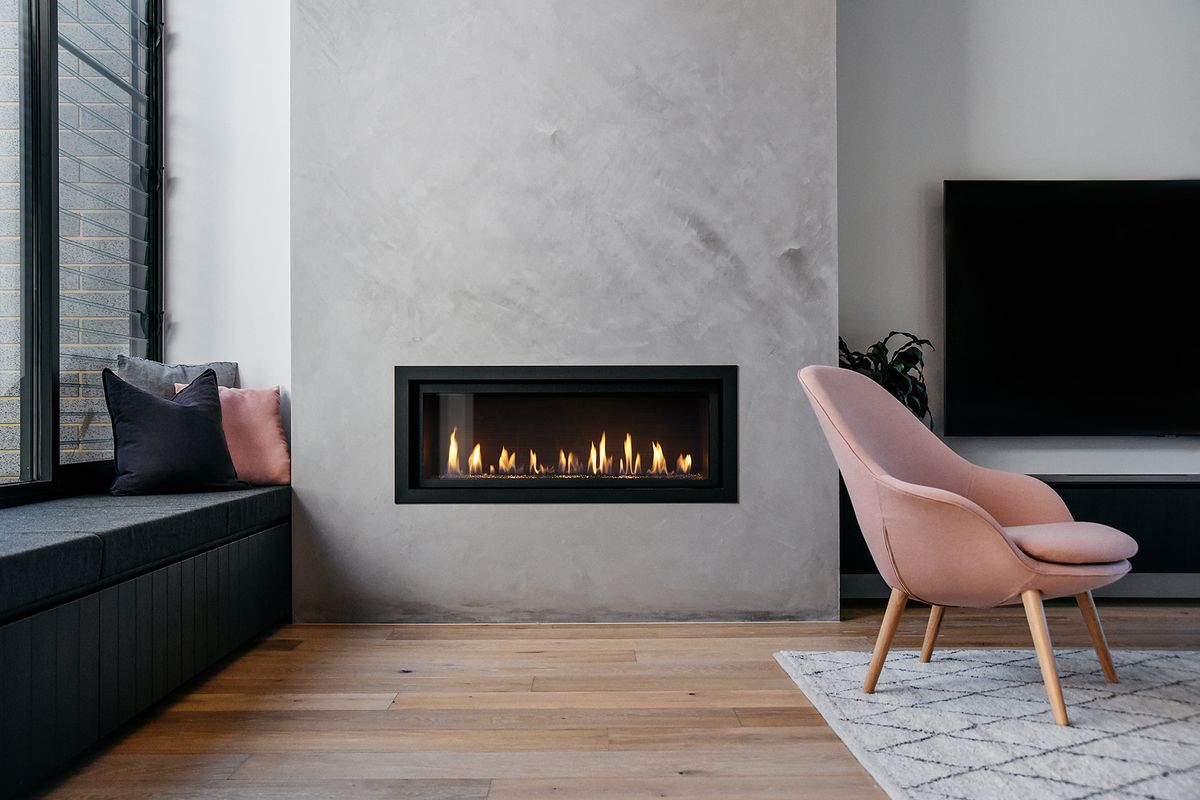

Articles
What Is A Gas Fireplace
Modified: August 17, 2024
Learn all about gas fireplaces in this informative article. Discover how they work, their benefits, and find answers to common questions.
(Many of the links in this article redirect to a specific reviewed product. Your purchase of these products through affiliate links helps to generate commission for Storables.com, at no extra cost. Learn more)
Introduction
A gas fireplace is a popular and convenient alternative to traditional wood-burning fireplaces. It provides warmth and ambiance in a more efficient and environmentally friendly way. Whether you’re looking to upgrade your existing fireplace or install a new one, understanding the benefits, workings, and types of gas fireplaces is essential.
In this article, we will explore the world of gas fireplaces, discussing their definition, functionality, installation process, maintenance needs, and more. Additionally, we will compare gas fireplaces with other fireplace options, delve into their cost and efficiency, and examine their environmental impact.
By the end of this article, you will have a comprehensive understanding of gas fireplaces, allowing you to make an informed decision for your home heating needs.
Key Takeaways:
- Gas fireplaces offer convenience, efficiency, and safety, providing the ambiance of a traditional fireplace without the hassle. They come in various styles, making them a practical and aesthetically pleasing heating option for homes.
- Compared to other fireplace options, gas fireplaces are cost-effective, environmentally friendly, and offer better heat output efficiency. Their reduced air pollution and lower carbon emissions make them a greener and more sustainable choice for homeowners.
Read more: What Is A Gas Fireplace Insert
Definition of a Gas Fireplace
A gas fireplace is a heating appliance that uses natural gas or propane as its fuel source to produce flames and heat. It is designed to mimic the look and feel of a traditional wood-burning fireplace without the hassle and maintenance associated with burning wood.
Gas fireplaces are available in various styles and designs, ranging from built-in units to freestanding stoves. They can be installed in both residential and commercial settings, providing a cozy and inviting atmosphere.
The main components of a gas fireplace include a burner, a gas valve, a pilot light, and logs or fire glass that create the appearance of a real fire. The flames generated by the gas fireplace are typically adjustable, allowing users to control the level of heat and intensity of the fire.
One of the distinguishing characteristics of gas fireplaces is their venting options. There are vented and ventless (or vent-free) gas fireplace models available. Vented gas fireplaces require a chimney or venting system to expel combustion byproducts outside, similar to a traditional wood-burning fireplace. Ventless gas fireplaces, on the other hand, do not require a chimney or vent but instead use a system to ensure the clean burning of the fuel.
Gas fireplaces offer the convenience of instant heat with the flip of a switch or push of a button. They eliminate the need for purchasing, chopping, and storing firewood and can be easily controlled and adjusted to maintain a desired temperature.
Now that we have a clear understanding of what a gas fireplace is, let’s delve into how these innovative appliances work.
How Does a Gas Fireplace Work?
Understanding the inner workings of a gas fireplace can help you appreciate its efficiency and convenience. Gas fireplaces rely on a combination of fuel, air, and ignition to create the warmth and ambiance of a traditional fireplace without the hassle of wood. Here’s a step-by-step breakdown of how a gas fireplace operates:
- Fuel Supply: Gas fireplaces can be fueled by either natural gas or propane. The fuel source is connected to the gas valve, which controls the flow of gas to the burner.
- Ignition: When the gas fireplace is turned on, an ignition system, such as a pilot light or electronic ignition, sparks a flame at the burner. This flame ignites the fuel, allowing it to burn and produce heat.
- Burner: The burner is a metal component where the fuel and air mix. It is designed to distribute heat evenly and create the appearance of a natural fire. The flames produced by the burner can usually be adjusted to control the intensity of the fire.
- Logs or Fire Glass: To enhance the visual appeal of a gas fireplace, many models include artificial logs or fire glass. These components are strategically arranged around the burner to simulate the appearance of burning wood or glowing embers. These decorative elements do not actually burn but can withstand the heat generated by the flames.
- Venting: Depending on the type of gas fireplace, venting options may vary. Vented gas fireplaces require a chimney or venting system to exhaust combustion byproducts outside, similar to a traditional fireplace. On the other hand, ventless gas fireplaces utilize a precision-engineered system to ensure clean burning and release the combustion byproducts harmlessly into the room.
Once the gas fireplace is functioning, it provides instant heat and a cozy ambiance. Users can easily control the flame intensity and heat output through a control panel or remote, allowing them to create a comfortable environment.
It’s important to note that gas fireplaces are designed to be efficient and safe. They feature built-in safety features, such as oxygen depletion sensors, carbon monoxide detectors, and flame failure devices, to ensure the well-being of users.
Now that you have a better understanding of how a gas fireplace works, let’s explore the advantages and benefits of choosing this heating option.
Benefits of a Gas Fireplace
Gas fireplaces offer several advantages over traditional wood-burning fireplaces, making them a popular choice for homeowners. Here are some of the key benefits of installing a gas fireplace:
- Convenience: One of the biggest advantages of a gas fireplace is its convenience. With the flip of a switch or the push of a button, you can instantly enjoy the warmth and ambiance of a fire. There’s no need to gather firewood, clean ashes, or deal with the mess and smoke associated with wood-burning fireplaces.
- Efficiency: Gas fireplaces are highly efficient in terms of heating output. They provide consistent and controllable warmth, allowing you to efficiently heat the desired area without wasting energy. Compared to traditional fireplaces, which lose much of the heat up the chimney, gas fireplaces can help save on heating costs.
- Cleanliness: Unlike wood-burning fireplaces that produce ash, smoke, and soot, gas fireplaces burn clean and emit no airborne pollutants into your home. This not only keeps your indoor air quality healthier but also eliminates the need for frequent cleaning and maintenance associated with traditional fireplaces.
- Realistic Flames: Gas fireplaces are designed to replicate the look and feel of a real fire. With artificial logs or fire glass, the flames dance and flicker convincingly, creating a cozy and inviting atmosphere in your living space. You can adjust the flame height and intensity to suit your mood and preference.
- Increased Safety: Gas fireplaces incorporate several safety features, including control systems that ensure proper operation and shut-off mechanisms in case of any issues. They eliminate the risk of sparks, flying embers, and chimney fires associated with wood-burning fireplaces. Additionally, since there is no combustion happening inside the room, the risk of carbon monoxide poisoning is significantly reduced when compared to wood-burning fireplaces.
- Design Flexibility: Gas fireplaces come in a variety of stylish designs, allowing you to choose a model that complements your home decor and personal aesthetic. Whether you prefer a traditional look, a contemporary design, or something in between, there are endless options available to suit your taste.
These benefits make gas fireplaces an attractive choice for homeowners who want the warmth and ambiance of a fireplace without the drawbacks of traditional wood-burning options. In the next sections, we will explore the different types of gas fireplaces and their installation process.
Different Types of Gas Fireplaces
Gas fireplaces come in various types and styles to suit different preferences and installation requirements. Understanding the different options can help you choose the right gas fireplace for your home. Here are some of the most common types of gas fireplaces:
- Built-In Gas Fireplaces: Built-in gas fireplaces, also known as insert fireplaces, are designed to be installed into an existing fireplace opening or framed into a wall. They offer the advantage of converting a traditional wood-burning fireplace into a highly efficient gas-powered one, without the need for major construction or renovation.
- Freestanding Gas Stoves: Freestanding gas stoves resemble wood-burning stoves and offer the flexibility to be placed in different areas of a room. These standalone units come in various sizes and styles, ranging from traditional cast iron designs to modern and sleek models. They provide both warmth and a charming aesthetic to any living space.
- Gas Fireplace Inserts: Gas fireplace inserts are similar to built-in fireplaces, but they are designed specifically to be inserted into an existing masonry or prefabricated fireplace. They provide an efficient and convenient upgrade to an old and inefficient wood-burning fireplace, enhancing both the heating performance and visual appeal.
- Wall-Mounted Gas Fireplaces: Wall-mounted gas fireplaces are contemporary options that can be installed directly on a wall, similar to a television. These sleek and minimalist designs offer a modern look and can be a focal point in any room. They provide both heat and ambiance while saving valuable floor space.
- Linear Gas Fireplaces: Linear gas fireplaces, also known as ribbon or linear burner fireplaces, feature a long, narrow burner that stretches across the width of the fireplace. They offer a clean and modern aesthetic, with flames that span the entire width of the unit. Linear gas fireplaces are often popular in modern and minimalist interior designs.
These are just a few examples of the different types of gas fireplaces available in the market. Each type offers its own unique features and benefits, so it’s important to consider factors such as your heating needs, available space, and stylistic preferences when selecting the right gas fireplace for your home.
Now that we have explored the different types of gas fireplaces, let’s move on to discussing the installation process and considerations for installing a gas fireplace in your home.
Read more: What Is A Thermopile In A Gas Fireplace
Installation Process of a Gas Fireplace
Installing a gas fireplace requires careful planning and consideration to ensure proper function and safety. While it is recommended to hire a professional for installation, it can be helpful to understand the general process involved. Here are the key steps involved in the installation of a gas fireplace:
- Assessing the Space: Determine the suitable location for the gas fireplace. Consider factors such as proximity to a gas line, ventilation requirements, and the available wall or fireplace opening.
- Preparing the Site: Clear the area and remove any existing structures or materials that may obstruct the installation process. This may involve removing an existing fireplace, chimney, or preparing the wall for the installation of a built-in or wall-mounted gas fireplace.
- Gas Supply: Ensure that the gas supply is available and accessible at the desired location. A licensed professional will connect the gas line to the fireplace, ensuring proper connections and safety protocols are followed.
- Venting: Depending on the type of gas fireplace, venting requirements may vary. Vented gas fireplaces will require a properly sized and installed chimney or venting system to remove combustion byproducts. Ventless gas fireplaces utilize a precision-engineered system that does not require a vent, but still ensures clean burning and safe operation.
- Installing the Fireplace: The gas fireplace unit is placed in the designated space, ensuring proper clearance from combustible materials as per manufacturer’s guidelines. The unit is securely fastened or framed in place, depending on the type of fireplace chosen.
- Connecting Electrical Components: Gas fireplaces often require electrical connections for ignition systems, blowers, and controls. A licensed electrician will ensure that the electrical wiring is properly installed and connected according to local building codes.
- Finishing Touches: Once the gas fireplace is installed, the surrounding area is finished to create an aesthetically pleasing look. This may involve installing a mantel, surround, or decorative elements to enhance the overall appearance of the fireplace.
It is important to note that the installation process may vary based on the type of gas fireplace and the specific requirements of your home. It is recommended to consult with a reputable gas fireplace installer or professional technician to ensure a safe and efficient installation.
Once the gas fireplace is installed, it is crucial to follow proper maintenance and safety guidelines to keep it functioning optimally. In the next section, we will discuss some maintenance tips and safety considerations for gas fireplaces.
When considering a gas fireplace, be sure to choose the right size for your space. A fireplace that is too large or too small can affect its efficiency and heat output. Always consult with a professional to ensure proper sizing and installation.
Maintenance and Safety Tips for Gas Fireplaces
Maintaining and operating a gas fireplace properly is essential for safety, efficiency, and longevity. Regular maintenance and adherence to safety guidelines will help ensure trouble-free operation and minimize the risk of accidents. Here are some important maintenance and safety tips for gas fireplaces:
- Read the Manufacturer’s Instructions: Familiarize yourself with the specific maintenance and operating instructions provided by the manufacturer of your gas fireplace. These instructions will outline the recommended maintenance schedule and any specific safety precautions you need to follow.
- Regular Cleaning: Clean the exterior of the gas fireplace regularly using a soft cloth and mild soap. It’s important to clean the glass doors or panels, as well as the surrounding area, to remove any dust, dirt, or residue that can accumulate over time.
- Inspect for Damage: Regularly inspect the gas fireplace for any signs of damage, such as cracks, loose connections, or worn-out components. If you notice any issues, contact a professional technician to assess and repair the problem before using the fireplace.
- Check Ventilation: If you have a vented gas fireplace, check the chimney or venting system periodically to ensure it is clear of debris and functioning properly. Blocked or damaged vents can prevent proper airflow and lead to a buildup of dangerous gases.
- Handle Gas Components with Care: Gas valves, connections, and other components should be handled with care to avoid damaging them. If you ever detect a gas leak, such as the smell of gas or a hissing sound, immediately turn off the gas supply and contact a professional technician.
- Keep Combustible Materials Clear: Ensure that flammable materials such as furniture, curtains, and rugs are kept a safe distance from the gas fireplace. Maintain the recommended clearance specified by the manufacturer to prevent the risk of fire.
- Install Carbon Monoxide and Smoke Detectors: Place carbon monoxide detectors and smoke detectors near the gas fireplace and throughout your home. Regularly test these devices and replace batteries as needed for early detection of any potential hazards.
- Professional Inspection and Service: Schedule an annual inspection and service by a qualified technician to ensure that all components of your gas fireplace are in good working condition. They can clean the internal components, check for leaks, and address any potential issues before they become major problems.
By following these maintenance and safety tips, you can enjoy the benefits of your gas fireplace with peace of mind. Now, let’s compare gas fireplaces with other fireplace options to understand their pros and cons.
Comparing Gas Fireplaces with Other Fireplace Options
When considering a fireplace for your home, it’s important to compare the different options available to determine which one suits your needs and preferences. Let’s compare gas fireplaces with other fireplace options to understand their pros and cons:
- Wood-Burning Fireplaces: Wood-burning fireplaces offer a traditional and rustic charm, providing the crackling sounds and soothing scent of a real fire. However, they require regular maintenance, such as chopping wood, removal of ashes, and cleaning the chimney. Wood-burning fireplaces can also be less efficient in terms of heat output, and the smoke and emissions can have a negative impact on indoor air quality.
- Electric Fireplaces: Electric fireplaces are convenient and easy to install as they do not require a flue or venting system. They offer customizable settings and flame effects, allowing you to enjoy the ambiance without the heat if desired. However, electric fireplaces may not provide the same level of heat output compared to gas fireplaces and may result in higher electricity costs.
- Ethanol Fireplaces: Ethanol fireplaces run on bioethanol fuel, which produces a clean and odorless flame. They are easy to install and do not require venting or a chimney. However, ethanol fireplaces may have lower heat output than gas fireplaces and can be more expensive to fuel compared to natural gas or propane.
- Pellet Stoves: Pellet stoves burn compressed wood or biomass pellets, offering an eco-friendly heating option. They provide efficient heat output and can be programmable. Pellet stoves require electricity to operate and regular maintenance, including cleaning the burn pot and ash removal. They also require storage space for the pellets.
When comparing gas fireplaces with other options, gas fireplaces often offer the best balance of convenience, efficiency, and ambiance. They provide instant heat, adjustable flames, and a realistic fire experience without the hassle of wood chopping or significant maintenance. Gas fireplaces also offer better heat output efficiency compared to traditional wood-burning fireplaces.
Furthermore, gas fireplaces can be a cost-effective option in the long run, especially if you consider the savings in time, energy, and maintenance associated with other fireplace options. They also provide better control over temperature and heat distribution, allowing you to create a comfortable environment in an efficient manner.
Ultimately, the choice of a fireplace depends on your personal preferences, available resources, and the specific requirements of your home. It’s recommended to consult with a professional fireplace installer or technician to help you make an informed decision.
Now, let’s explore the cost and efficiency factors associated with gas fireplaces.
Cost and Efficiency of Gas Fireplaces
When considering a gas fireplace, it’s important to understand the cost factors involved and the efficiency of these heating appliances. Here’s a breakdown of the cost and efficiency considerations for gas fireplaces:
Cost Factors:
- Initial Cost: The initial cost of a gas fireplace includes the purchase of the unit itself and the installation expenses. Gas fireplaces can range in price depending on the type, size, and design you choose. Factors such as venting requirements and customized features can also affect the overall cost.
- Running Cost: The running cost of a gas fireplace primarily depends on the cost of the fuel, which is either natural gas or propane. Natural gas is generally more affordable and widely available, while propane may require periodic refilling. It’s important to consider the local utility rates and fuel availability when evaluating the running cost.
- Maintenance and Service: Gas fireplaces require regular maintenance to ensure optimum performance and safety. This includes annual inspection, cleaning, and potential repairs. It’s advisable to budget for ongoing maintenance costs to keep your gas fireplace in top shape.
Efficiency Considerations:
- Heat Output: Gas fireplaces offer high heat output and efficiency compared to traditional wood-burning fireplaces. They can deliver between 70% to 90% heat efficiency, meaning that a significant portion of the heat generated is delivered into the room, rather than being lost up the chimney.
- Zoning: Gas fireplaces often feature the option of zone heating, allowing you to heat specific areas of your home rather than the entire house. This can help increase efficiency by focusing the heat where it is needed most, reducing energy waste.
- Control and Programmability: Gas fireplaces provide precise control over flame height and heat output, allowing you to adjust the settings to your desired comfort level. Some models even offer programmable thermostats, timers, and remote control options, giving you further control over energy consumption and efficiency.
While the initial cost of a gas fireplace may be higher than other options, such as electric or ethanol fireplaces, they offer long-term cost savings. Gas fireplaces are generally more efficient and cost-effective to operate, especially when compared to wood-burning fireplaces that require ongoing fuel and maintenance expenses.
Gas fireplaces also add value to your home, as they are considered desirable features in the real estate market. They can enhance the aesthetic appeal of your living space and provide a cozy ambiance, which can be attractive to potential buyers if you decide to sell your home in the future.
Considering both the cost and efficiency factors, gas fireplaces offer a practical and cost-effective heating solution for many homeowners.
In the next section, we will explore the environmental impact of gas fireplaces.
Read more: What Is A Gas Log Fireplace
Environmental Impact of Gas Fireplaces
When it comes to the environmental impact, gas fireplaces are considered a cleaner and more environmentally friendly alternative to traditional wood-burning fireplaces. Here’s an overview of the environmental factors associated with gas fireplaces:
Reduced Air Pollution:
Compared to wood-burning fireplaces, gas fireplaces produce significantly lower levels of air pollutants. Wood-burning fireplaces emit particulate matter, volatile organic compounds (VOCs), and other harmful pollutants into the air. These pollutants can contribute to poor air quality, especially in densely populated areas. In contrast, gas fireplaces burn clean and produce minimal smoke, reducing the impact on both indoor and outdoor air quality.
Lower Carbon Emissions:
Gas fireplaces, especially those fueled by natural gas, produce lower carbon emissions compared to wood-burning fireplaces. Wood burning releases carbon dioxide (CO2) into the atmosphere, contributing to greenhouse gas emissions and climate change. Gas fireplaces burn cleaner and produce fewer greenhouse gas emissions, making them a more environmentally friendly option.
Efficiency and Energy Conservation:
Gas fireplaces provide a more efficient way of heating compared to traditional fireplaces. With high heat efficiency ratings, gas fireplaces convert a significant portion of the fuel’s energy into usable heat. This helps minimize energy waste and promotes energy conservation. Using a zone heating approach, where you only heat specific areas of your home, can further improve energy efficiency and reduce environmental impact.
Sustainable Fuel Options:
Natural gas, one of the common fuel sources for gas fireplaces, is considered a relatively abundant and domestically sourced energy source. It is a cleaner-burning fossil fuel compared to coal and oil, and advancements in extraction techniques, such as hydraulic fracturing (fracking), have increased its availability. Additionally, propane, another fuel option for gas fireplaces, is derived as a byproduct from natural gas processing and crude oil refining, making it a readily available and sustainable fuel source.
It’s important to note that while gas fireplaces have a lower environmental impact compared to wood-burning fireplaces, they are still a combustion-based heating system and contribute to the overall carbon footprint. To further minimize environmental impact, consider using eco-friendly gas fireplace models that have higher energy efficiency ratings and incorporate advanced combustion technology.
In summary, gas fireplaces offer a cleaner and more environmentally friendly heating option compared to traditional wood-burning fireplaces. Their reduced air pollution, lower carbon emissions, energy efficiency, and sustainable fuel sources make them a more environmentally conscious choice. However, it’s important to remember that reducing overall energy consumption and exploring renewable energy sources should also be part of our long-term environmental goals.
Now, let’s conclude our discussion on gas fireplaces.
Conclusion
Gas fireplaces provide a convenient, efficient, and environmentally friendly heating option for homeowners. With their ease of use, realistic flames, and adjustable heat output, gas fireplaces offer the ambiance and warmth of a traditional fireplace without the hassle and maintenance associated with wood-burning alternatives.
Throughout this article, we have explored the definition and workings of gas fireplaces, the benefits they offer, the different types available, and the installation and maintenance processes involved. We have also compared gas fireplaces with other fireplace options, highlighting their cost-efficiency and environmental advantages.
Gas fireplaces offer numerous benefits, including convenience, efficiency, cleanliness, and increased safety. They are available in various styles and designs, allowing homeowners to find the perfect match for their aesthetic preferences. The cost and efficiency considerations of gas fireplaces make them a practical and financially viable option. Additionally, their lower environmental impact, reduced air pollution, and lower carbon emissions contribute to a greener and more sustainable heating solution.
However, it’s important to consult with professionals and follow manufacturer’s instructions for proper installation, maintenance, and safety precautions. Proper care and regular maintenance will ensure the longevity and optimal performance of your gas fireplace.
Whether you’re looking to upgrade your existing fireplace or install a new one, gas fireplaces offer a modern and efficient heating solution that enhances the comfort and ambiance of your living space. By choosing a gas fireplace, you can enjoy the warmth and beauty of a fire without the drawbacks of traditional wood-burning fireplaces.
In conclusion, gas fireplaces provide the perfect combination of functionality, aesthetics, and environmental consciousness. They bring warmth, comfort, and joy to your home while minimizing the impact on our planet. Consider the benefits and advantages they offer when making a decision for your home’s heating needs.
Curious about keeping your cozy corner safe and efficient? Our upcoming pieces demystify crucial care routines and safety assessments for your gas fireplace. Dive into fireplace maintenance tips to ensure optimal performance and longevity. Wondering about the safety of your current setup? Our article on fireplace safety can offer peace of mind, helping you determine if your fireplace is ready for the winter or needs professional attention. Perfect reads for anyone looking to secure and sustain their home heating sources!
Frequently Asked Questions about What Is A Gas Fireplace
Was this page helpful?
At Storables.com, we guarantee accurate and reliable information. Our content, validated by Expert Board Contributors, is crafted following stringent Editorial Policies. We're committed to providing you with well-researched, expert-backed insights for all your informational needs.
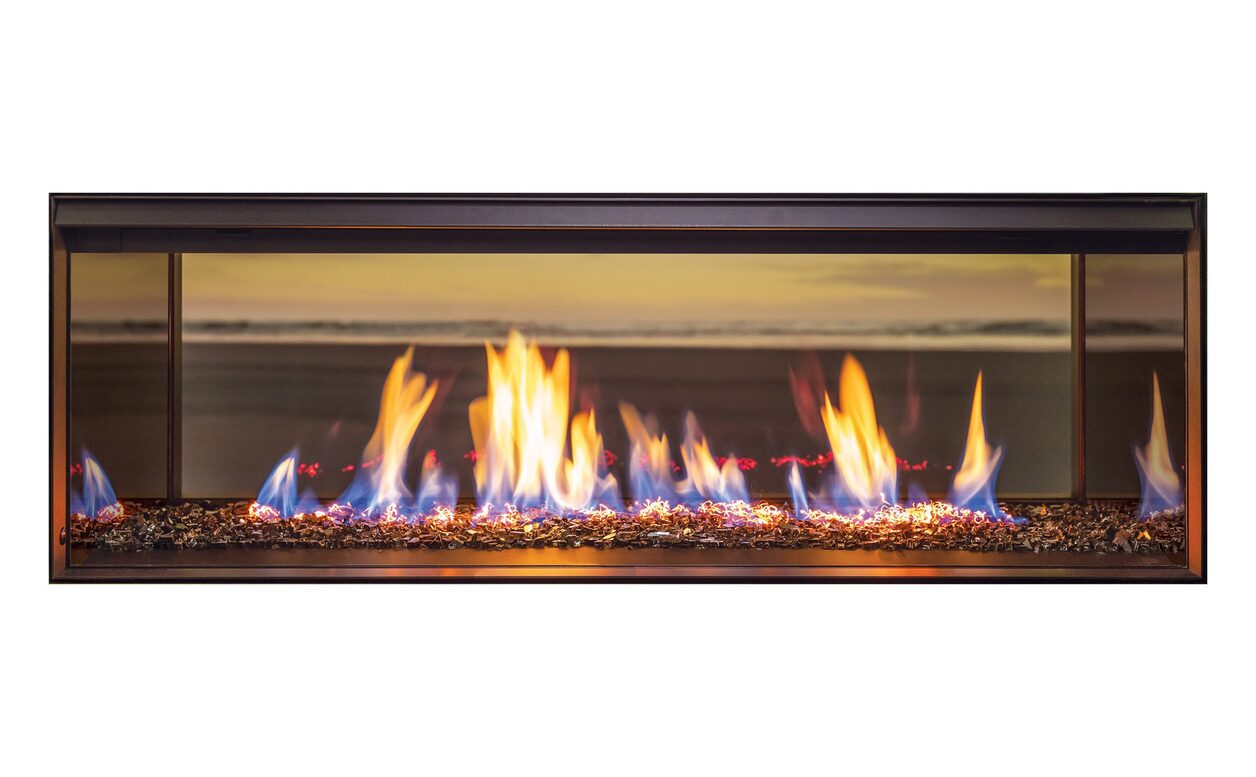
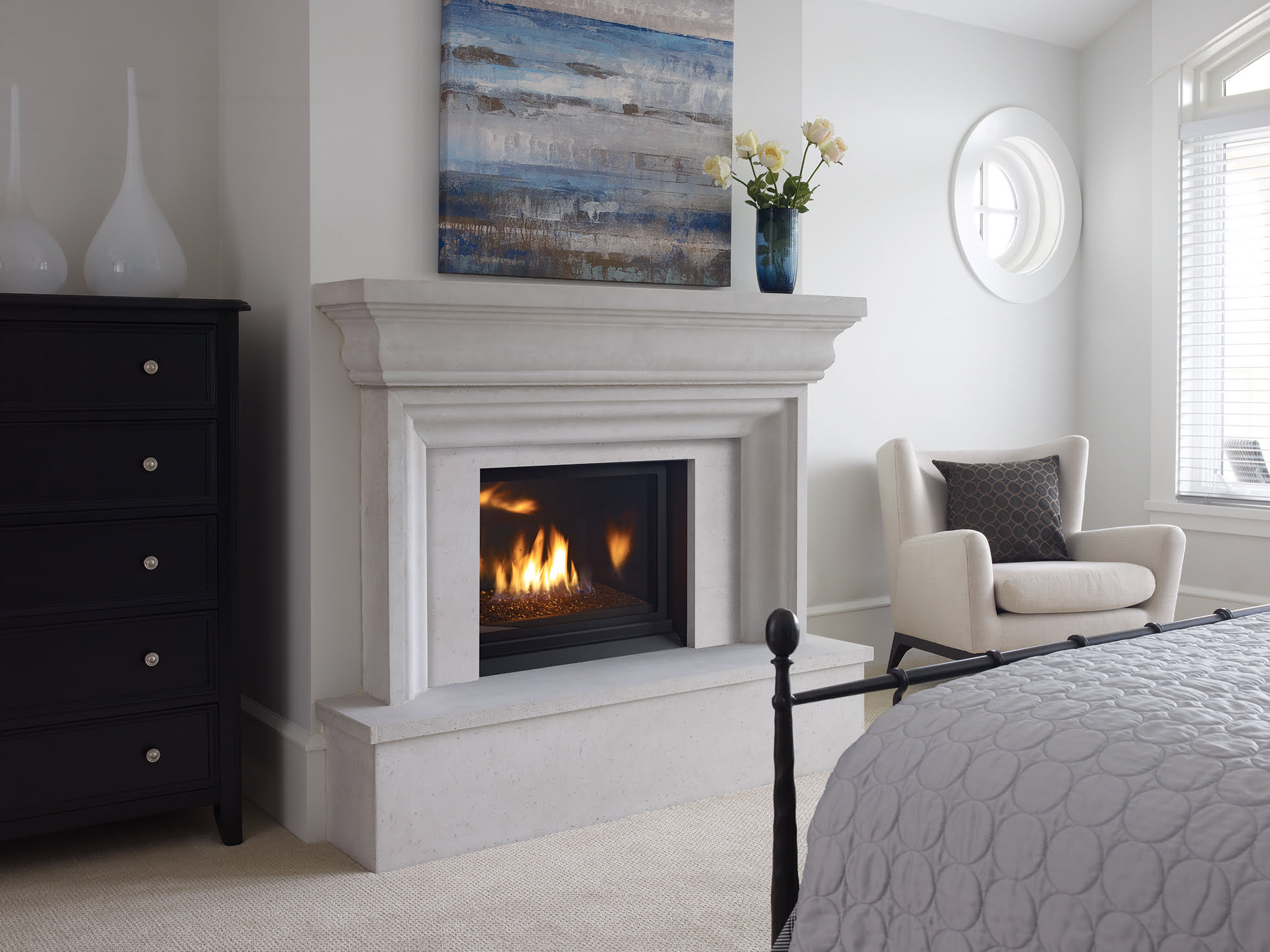
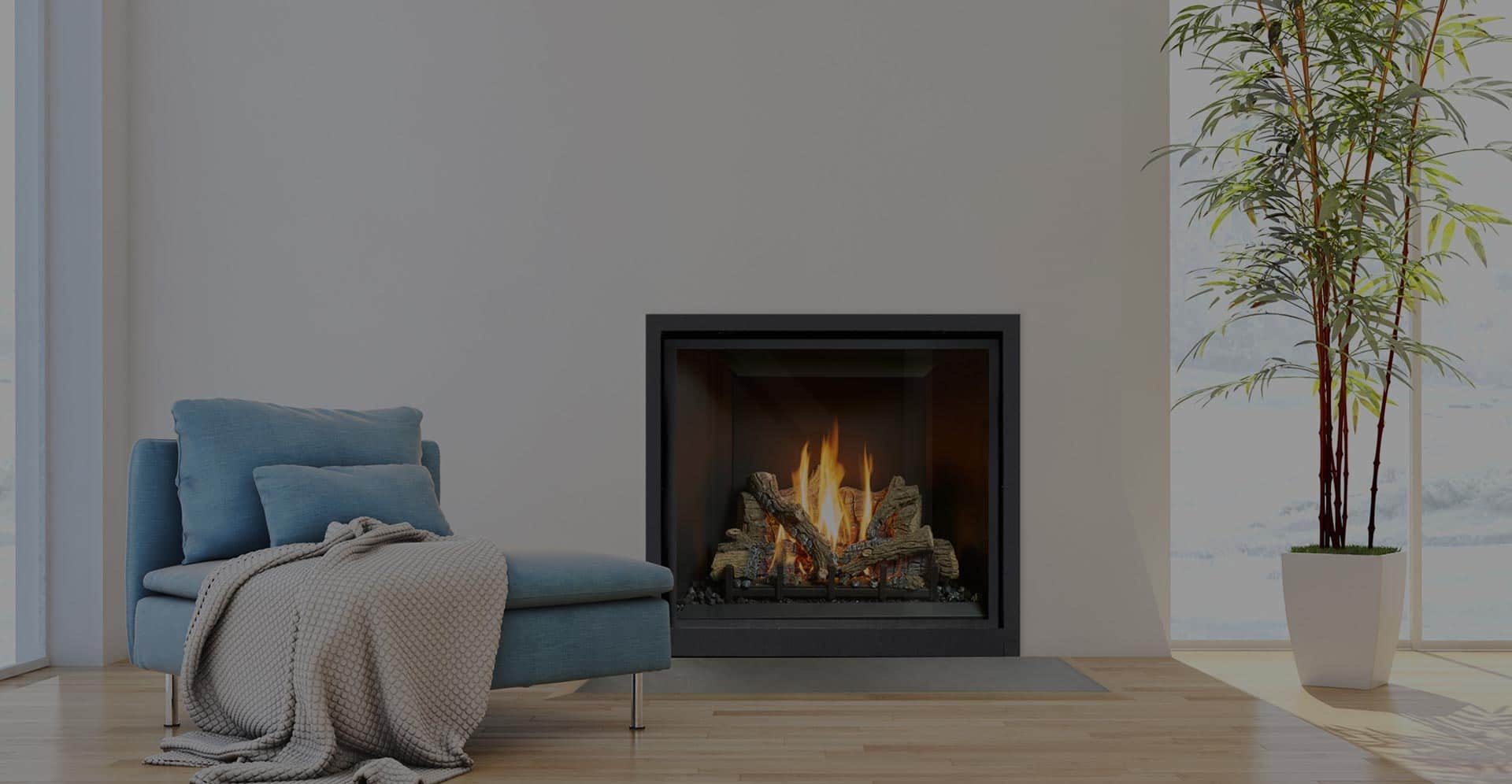
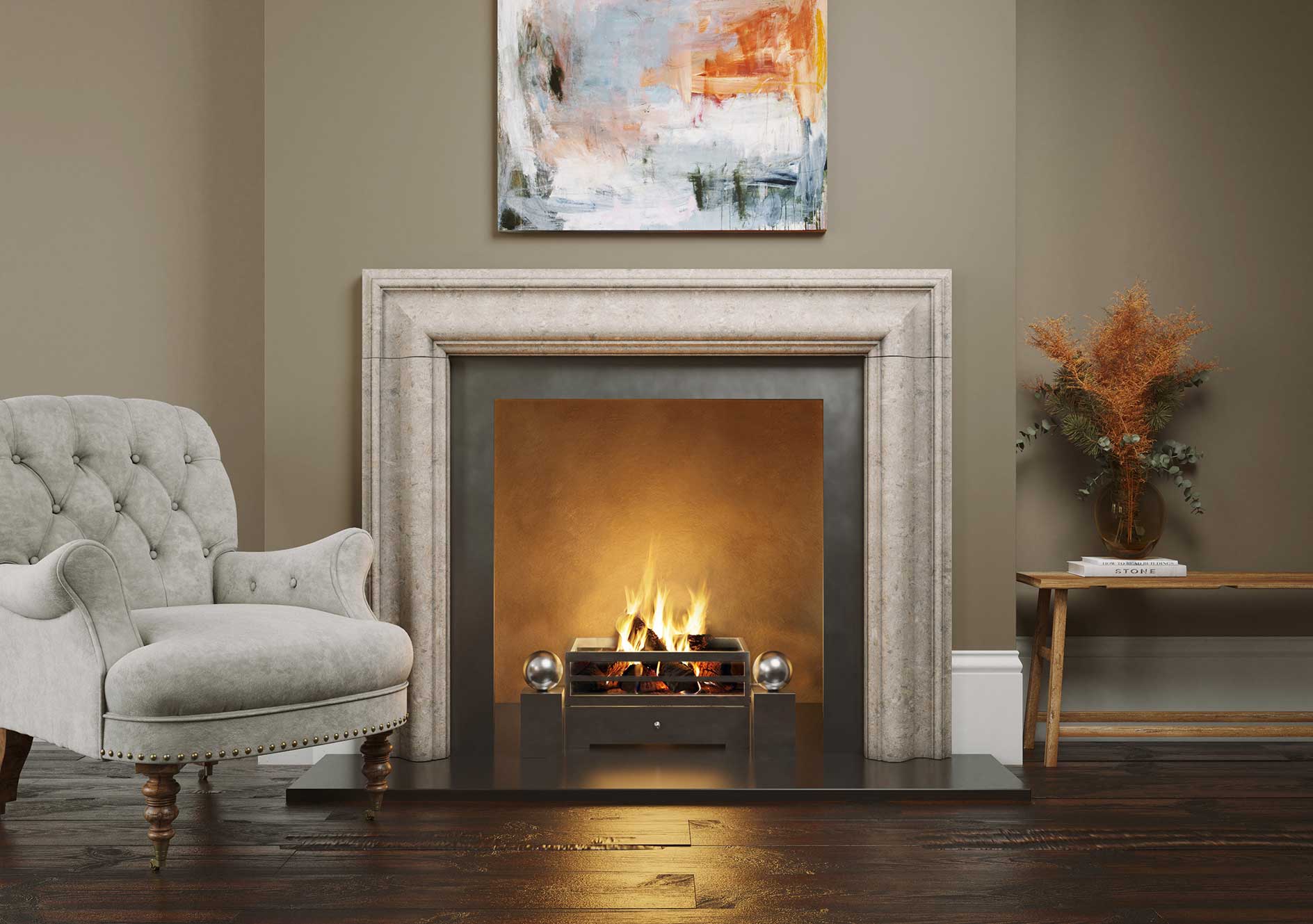
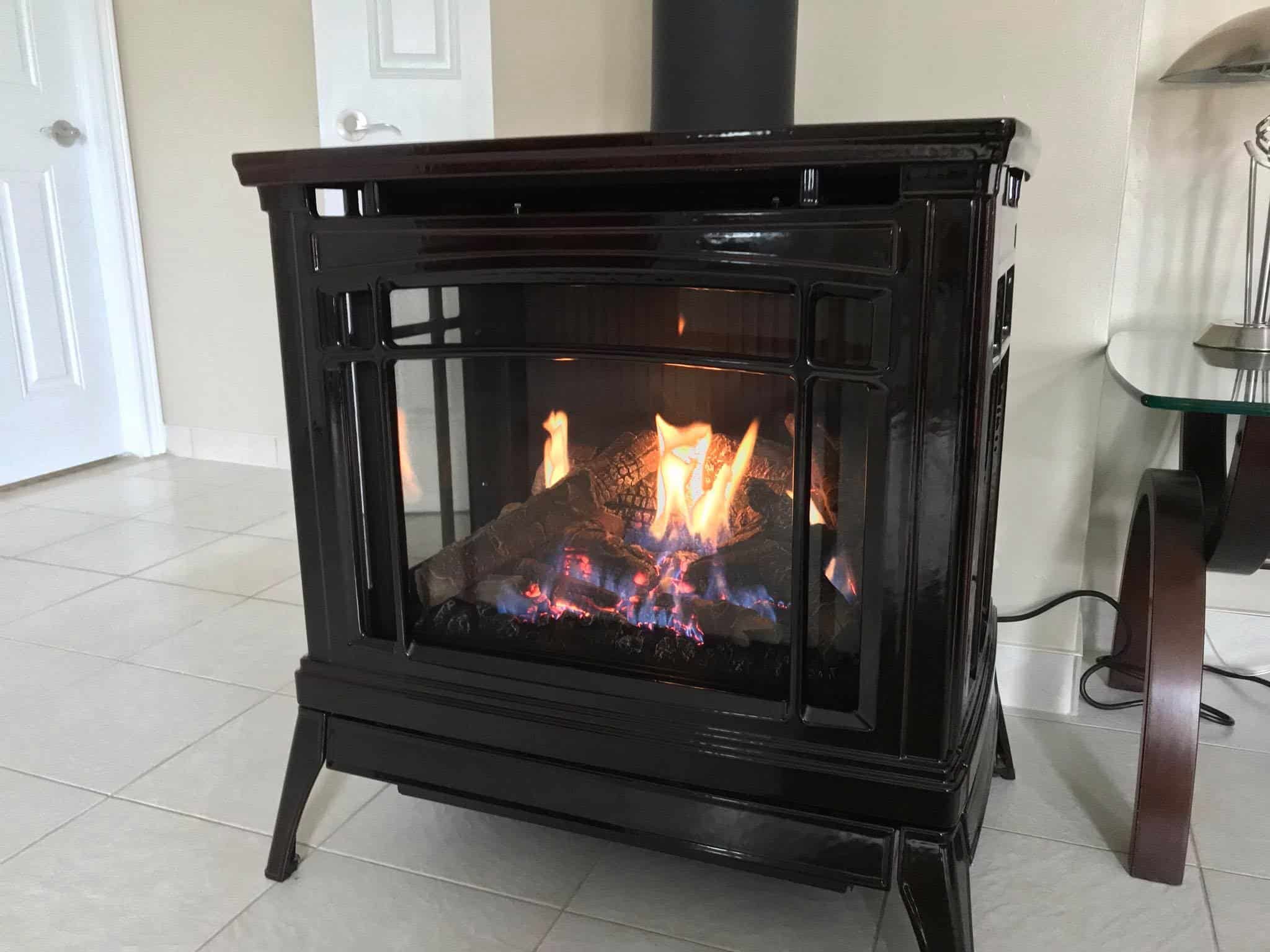
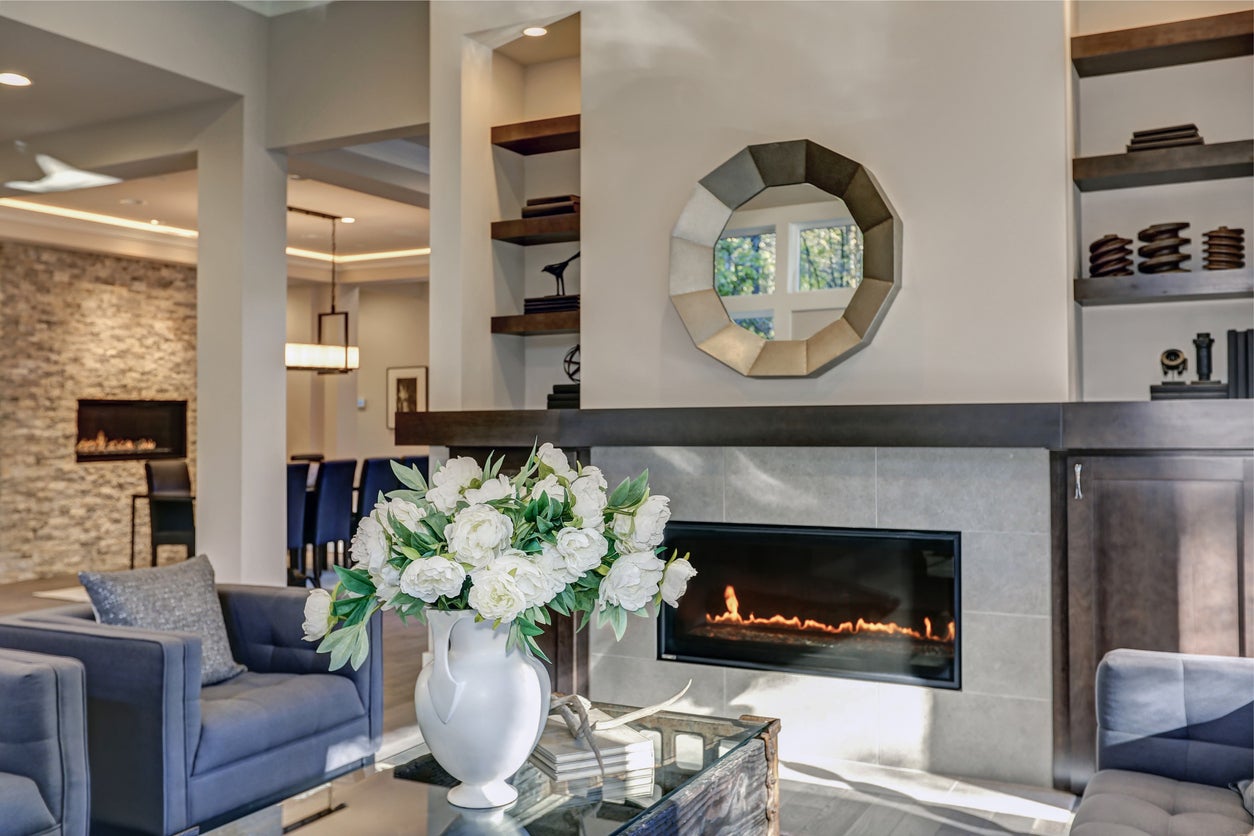
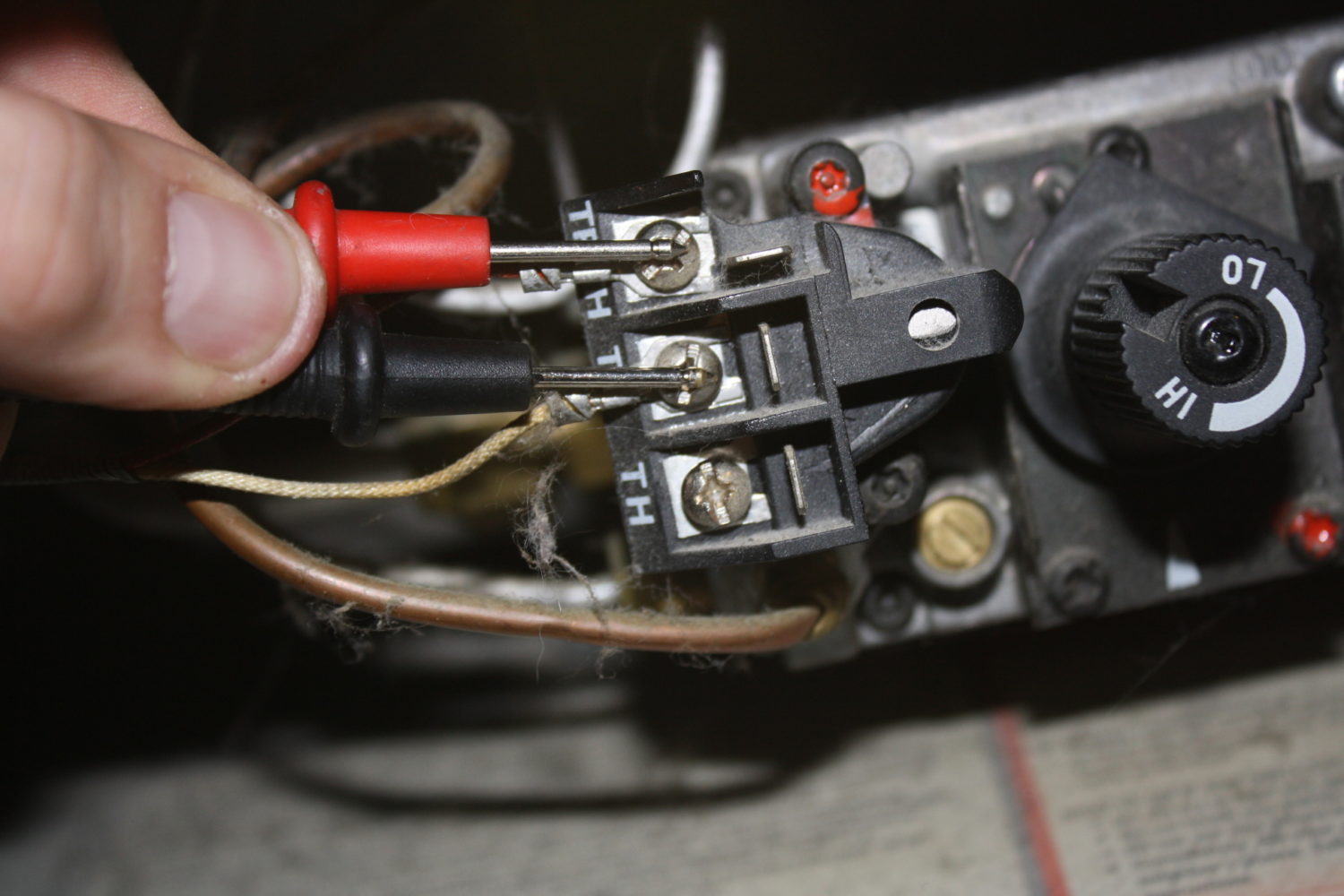
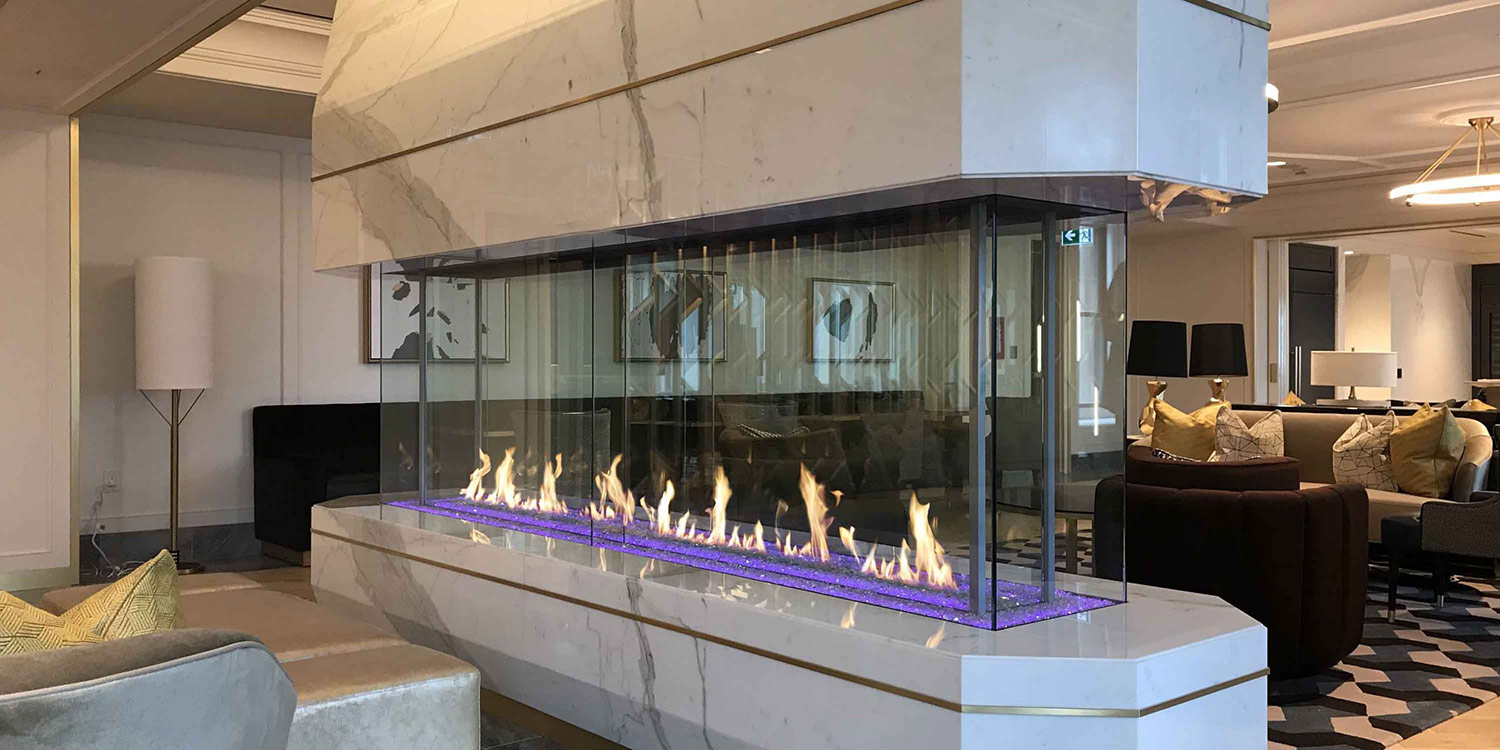
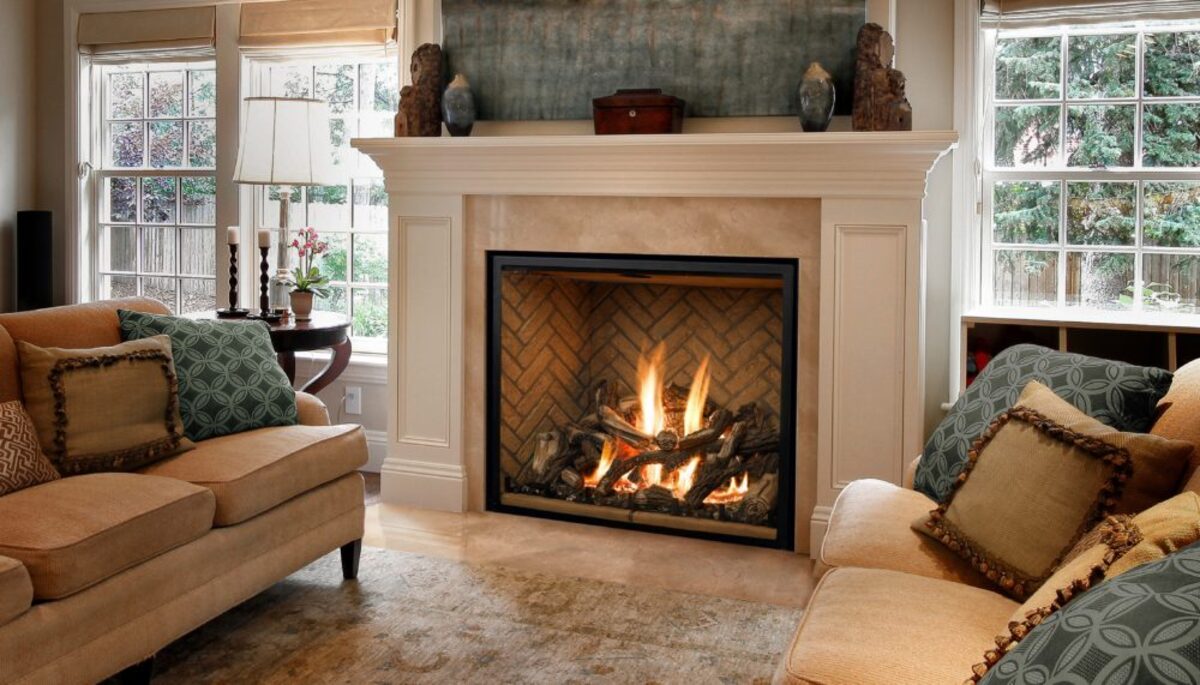

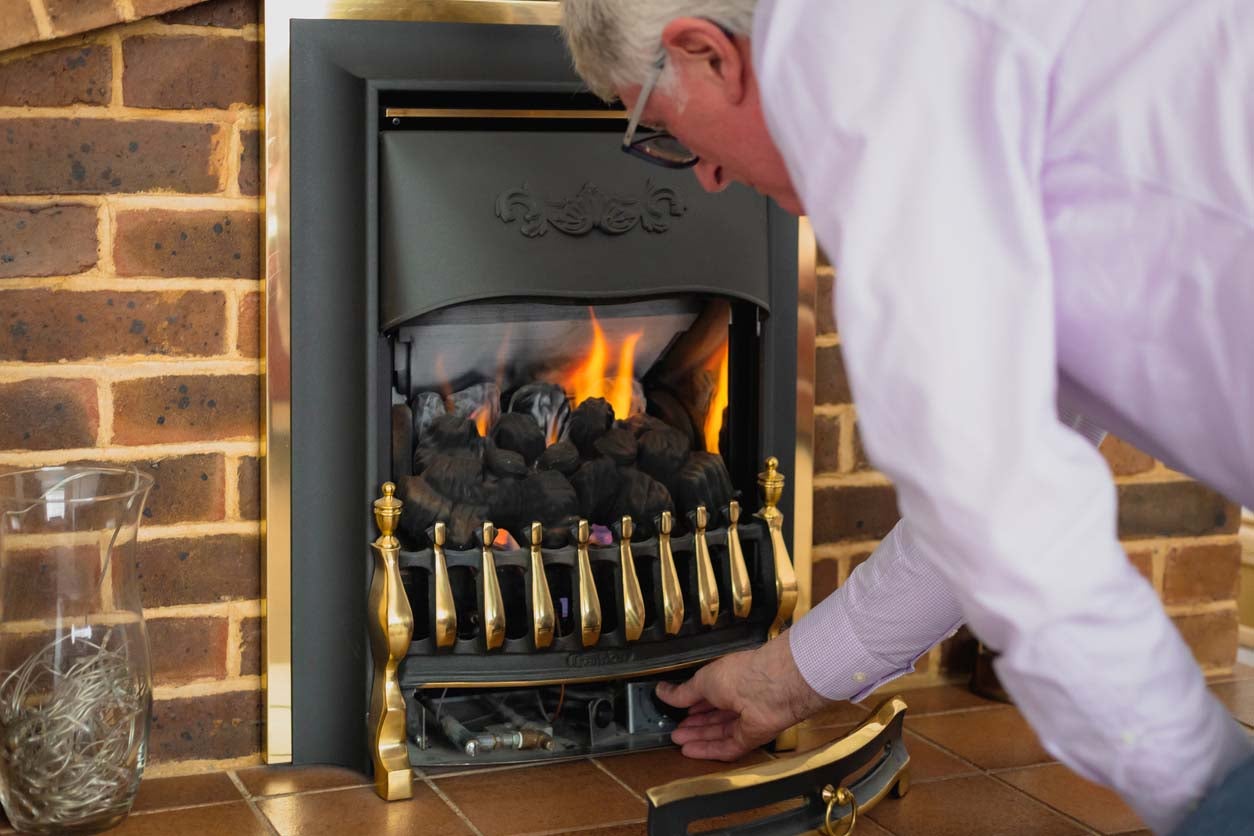
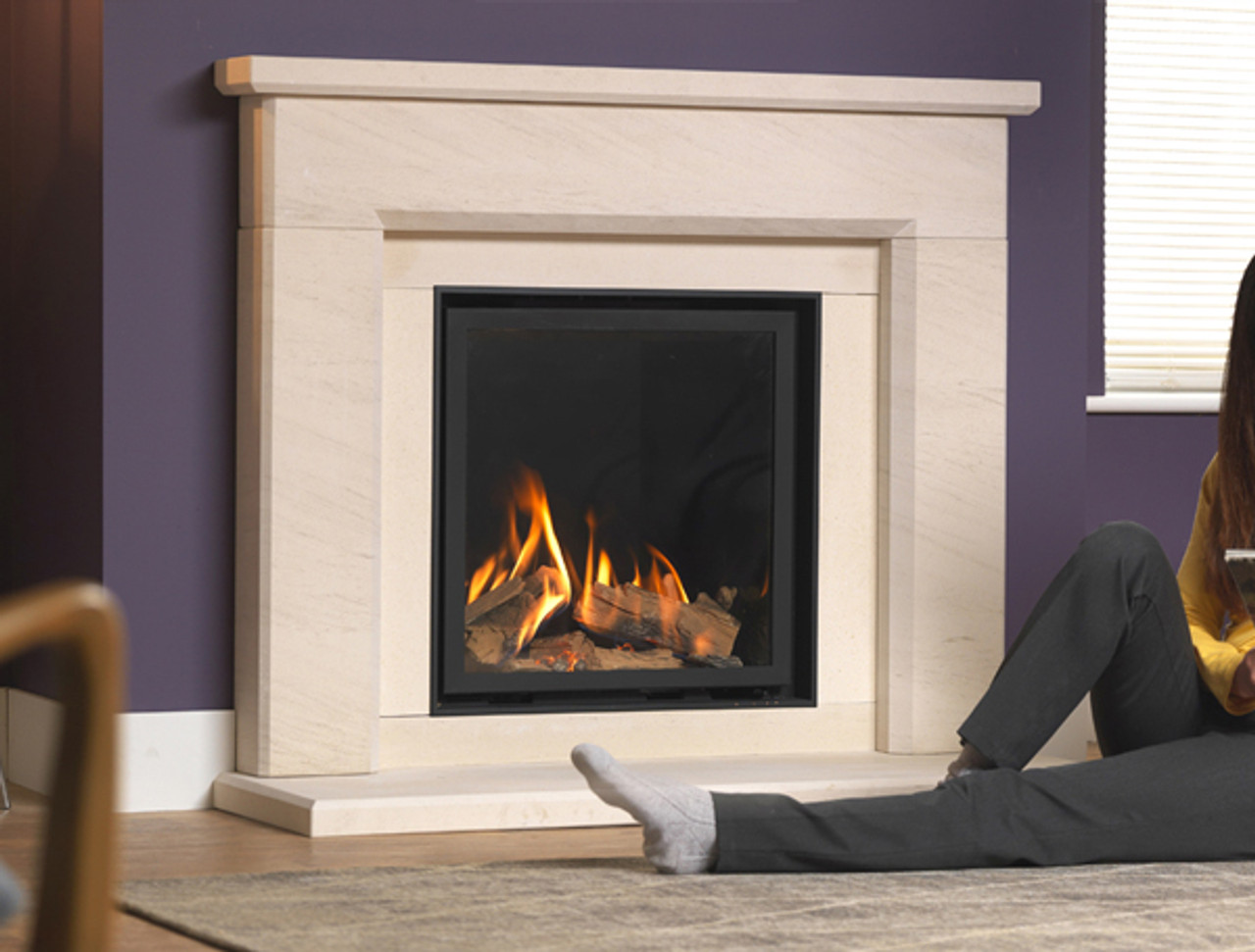
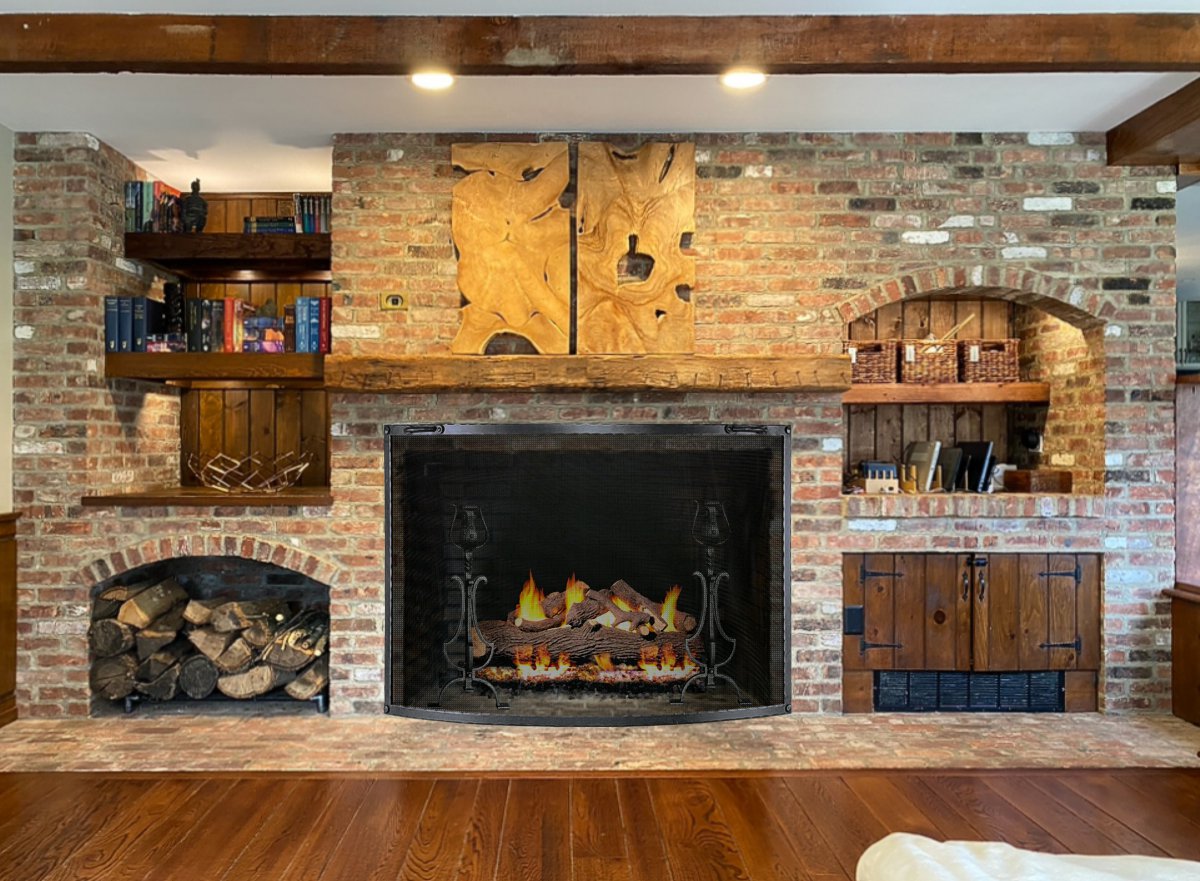

0 thoughts on “What Is A Gas Fireplace”